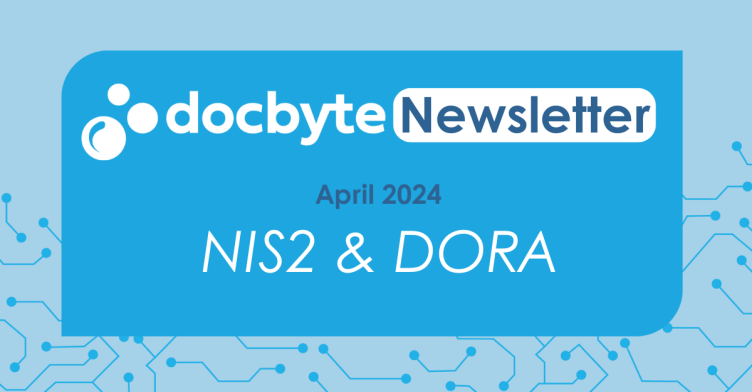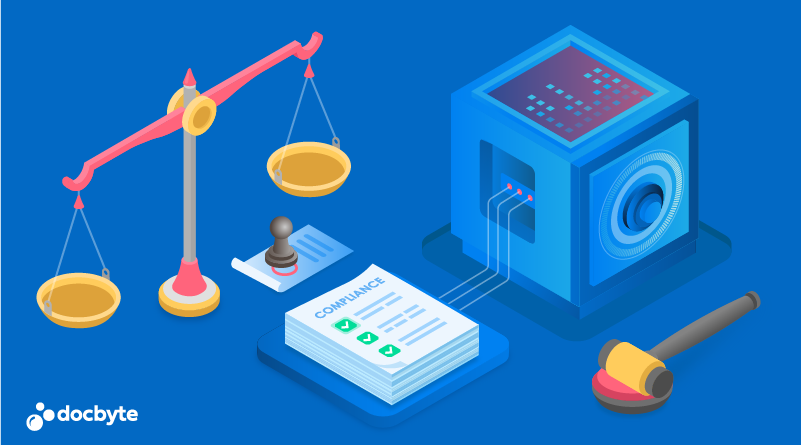In this, we delve into two pivotal topics shaping the landscape of electronic archiving and operational resilience in the European Union: NIS2 and DORA. The latest developments directly impact organizations operating within the EU and beyond. It’s essential to understand how these regulatory changes affect your digital strategies and risk management practices.
NIS2 and DORA serve distinct purposes. NIS2 aims to enhance cybersecurity on a global scale within the EU, focusing on harmonizing cybersecurity measures across various sectors. In contrast, DORA specifically targets the integrity and availability of financial services, offering a more granular set of rules tailored to financial entities.
Non-compliance with DORA and NIS2 regulations can have significant consequences for organizations, including substantial fines and, in extreme cases, the suspension of operations. These penalties may amount to millions of euros or a percentage of the turnover, depending on the severity of the violation.
Compliance with DORA and NIS2 is a collective responsibility, and senior leaders play a crucial role in ensuring organizations meet all regulatory requirements. Approval of security measures and active oversight of the cybersecurity strategy are vital in mitigating risks and maintaining regulatory compliance.
Now, let’s dive into the specifics:
NIS2
The NIS2 Directive (Directive (EU) 2022/2555) represents a significant leap forward in cybersecurity measures, fostering collaboration among EU member states to tackle cybersecurity incidents head-on. NIS2 officially came into effect in 2023, but the deadline for Member States to transpose the NIS2 Directive into applicable, national law is October 17th, 2024.
NIS2 impacts organizations across various sectors, particularly those providing essential services like energy, healthcare, finance, transportation, and digital infrastructure. NIS2, therefore, significantly broadens the scope of its predecessor, NIS, by encompassing not only essential service providers but also digital service providers.
Key elements include:
- Strengthened cybersecurity measures for operators of essential services and digital service providers.
- Enhanced incident reporting obligations, ensuring timely notification of significant cyber incidents.
- Cooperation mechanisms among Member States to facilitate information sharing and response coordination.
- Alignment with international standards and best practices to promote interoperability and cyber resilience across borders.
- Companies failing to adhere to NIS2 requirements may face significant penalties, including fines of up to EUR 10 million or 2% of global turnover.
DORA
Next up, we delve into the Digital Operational Resilience Act (DORA), a groundbreaking regulatory framework set to launch on January 17, 2025. DORA’s primary goal is to bolster the digital infrastructure within the financial sector, fortifying defenses against cyber threats and enhancing overall stability.
DORA mandates financial institutions, including banks, payment providers, investment firms, insurers, and fund managers, to meticulously manage their operational resilience concerning information and communication technology (ICT). Key aspects include mitigating, detecting, containing, recovering from, and rectifying ICT incidents, such as cyberattacks or system malfunctions.
Key insights into DORA include:
- Responsibility for ICT risk oversight rests with the management bodies of financial entities.
- Establishing comprehensive frameworks to identify, monitor, control, detect, and respond to ICT risks is obligatory.
- Financial institutions must classify and report major ICT-related incidents to relevant authorities.
- Mandatory testing programs, including advanced penetration testing, are required for certain institutions.
- Stringent due diligence and specific contractual terms are mandated when engaging ICT service providers, especially for critical functions.
- European Supervisory Authorities (ESAs) directly oversee critical ICT service providers to ensure compliance.
- DORA consolidates and extends existing guidelines on ICT risk management and outsourcing to encompass all financial institutions within its purview.
- Although an EU regulation, DORA’s reach extends globally, particularly affecting multinational financial corporations with EU operations, encouraging comprehensive implementation across their ICT infrastructure.
- Non-compliant financial institutions could face fines up to €10 million or 5% of their total annual turnover.
The introduction of NIS2 and DORA emphasizes the critical importance of robust cybersecurity measures and proactive risk management across various sectors. Compliance with these regulations is essential for organizations to avoid substantial penalties and maintain operational continuity.
Therefore, understanding and effectively implementing the principles outlined in NIS2 and DORA are crucial for ensuring organizational security and resilience.
All this may seem daunting, but don’t worry: as a trusted partner in digital solutions, Docbyte is here to support you in navigating these regulatory landscapes. Our solutions and expertise are designed to help you adapt, thrive, and maintain a competitive edge while ensuring the security and resilience of your digital operations.





